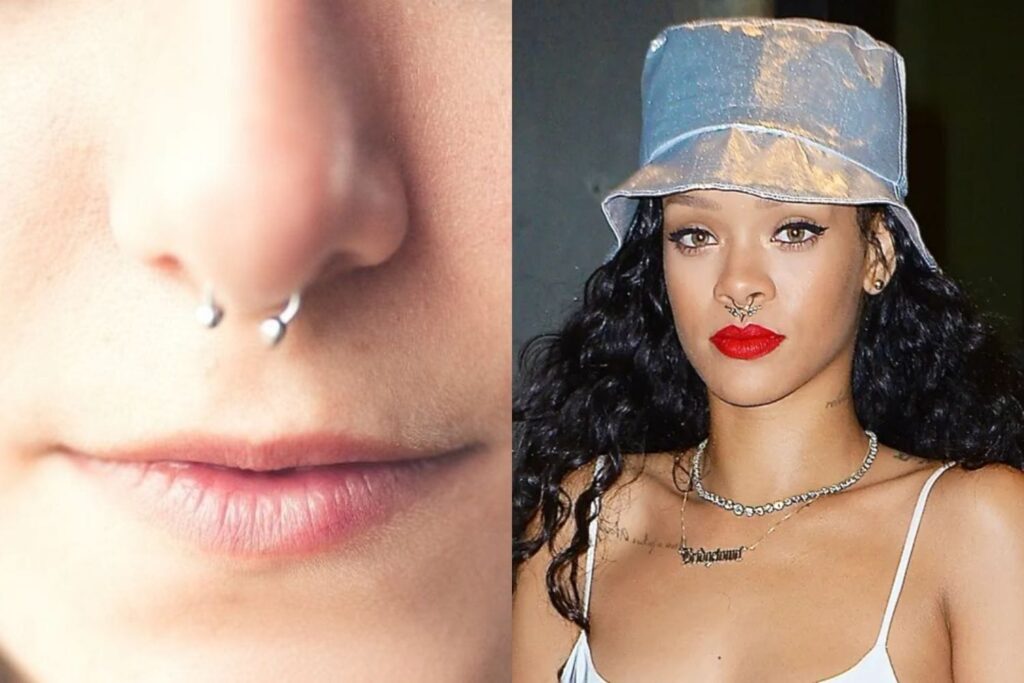If you’ve ever seen someone with a hoop through their nose, chances are they have a septum piercing. Septum piercings are becoming increasingly popular – in fact, they’re one of the fastest-growing trends in body modification. While they may look intimidating, septum piercings are actually fairly easy to heal. This blog post will cover everything you need to know about septum piercings, what is septum piercing, from how they’re done to aftercare tips.
What is a Septum Piercing?
A septum piercing is a type of body modification that involves puncturing the tissue that separates the nostrils. This area is known as the septum, hence the name. Septum piercings can be done at almost any age, although they’re most commonly seen in young adults and teenagers.
How is a Septum Piercing Done?
Septum piercings are usually done with a hollow needle. The piercing artist will insert the needle through the tissue that separates the nostrils and then insert the jewelry. Septum piercings can be done with various jewelry, but the most common type is a circular barbell. Alternatively, you can also get a captive bead ring or a horseshoe barbell.
After the Piercing
After you get your septum piercing, it’s normal to experience some swelling and bruising. This is perfectly normal and will subside within a few days. You may also have some discharge from your nose for the first few days.
Aftercare for Septum Piercings
As with any piercing, it’s important to take good care of your septum piercing during the healing process. Here are a few aftercare tips:
- Clean your piercing twice a day with a saline solution or gentle soap.
- Avoid touching your piercing unnecessarily.
- Don’t sleep on your side or stomach to avoid putting pressure on the piercing.
- Avoid using makeup, lotions, or perfumes near the piercing.
- Avoid playing with or fiddling with the jewelry.
These aftercare tips will help your septum piercing heal quickly and smoothly. Remember to consult with your piercing artist if you have any questions or concerns.
Septum Piercing Risks
Like with any piercing, there are some risks associated with septum piercings. The most common complication is an infection, which can occur if the piercing is not properly cared for. Infections can usually be treated with antibiotics, but in severe cases, they may require surgery to remove the jewelry. Other risks include bleeding, scarring, and damage to the tissue. Septum piercings can also be rejected by the body, which means that the jewelry is pushed out of the piercing. This is more common with cartilage piercings than with other types of piercings.
Conclusion
If you’re considering getting a septum piercing, it’s important to do your research and consult with a professional piercer. Septum piercings can be a great way to express your personal style, but it’s important to be aware of the risks before you take the plunge.

